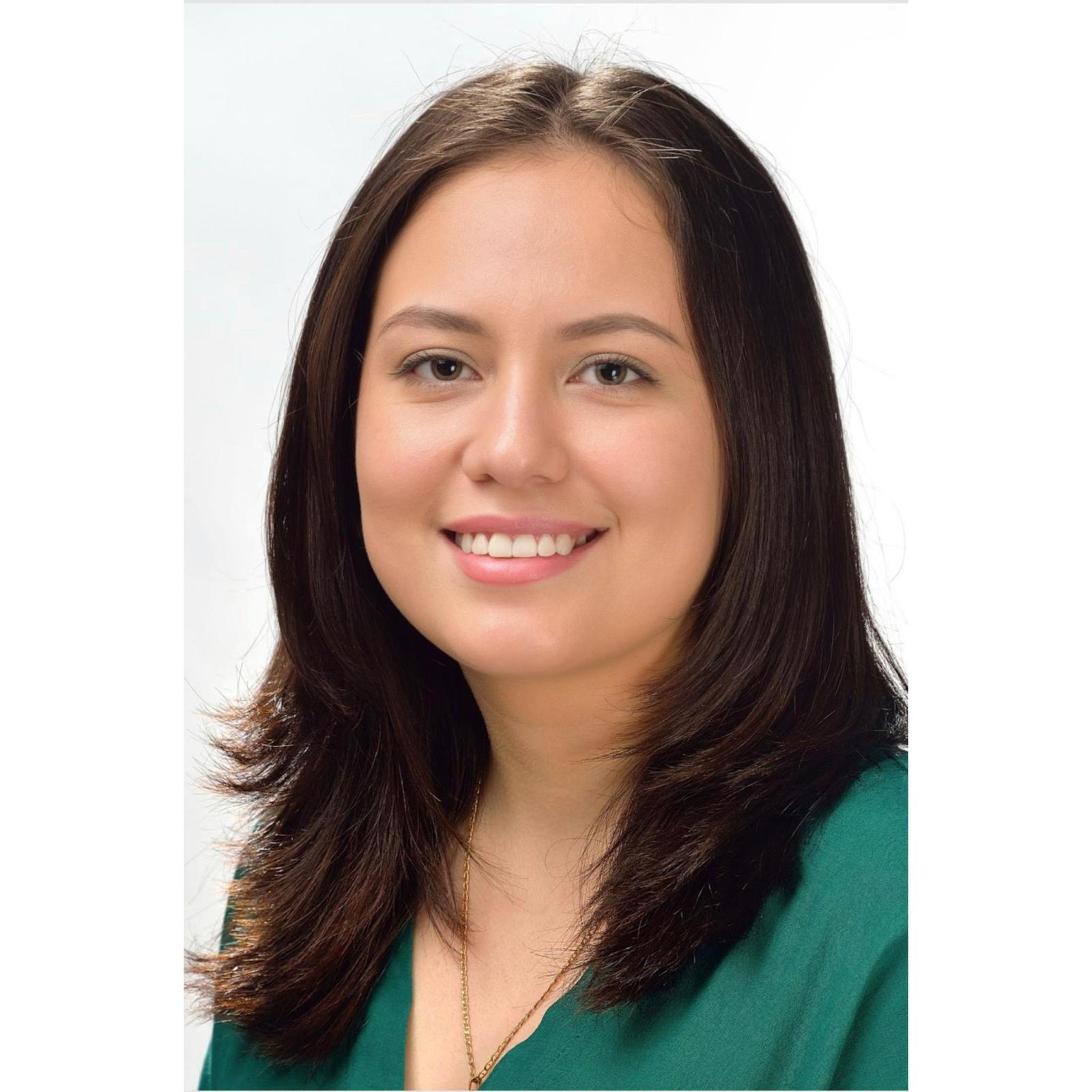Biomechanics
(C-112) Benchmark for Mechanical Testing of Craniofacial Spring

Gisella B. Guerrero Sanchez (she/her/hers)
Summer REU Intern
University of Pennsylvania
Haledon, New Jersey, United States- SY
Shu Yang
Primary Investigator
University of Pennsylvania, Pennsylvania, United States - yC
yinding Chi
Postdoc associate
University of Pennsylvania, United States
Presenting Author(s)
Primary Investigator(s)
Co-Author(s)
Craniosynostosis is a birth conditions characterized by an earlier closure of sutures in the skull before the brain is fully developed, affecting 1 out of 2,500 babies in the United States each year [1]. Sagittal synostosis is the most common type of craniosynostosis, leading to narrowing of the frontal lobe as well as elongation of parietal lobe [2]. The abnormal head shape can be reconstructed in babies between 3 to 5 months of age through spring-assisted cranioplasty. This surgical procedure consists in removing the fused sagittal suture leaving a 15mm gap to insert the U-shaped craniofacial springs that will gradually widen due to spring’s shape memory effect [3]. This effect is the tendency of metal to want to recover to its original shape when being under compression stimulus. The aim of this project is to generate testing and simulation benchmarks to understand the biomechanical behaviors of different-sized craniofacial springs. Understanding the relationship between the compression and extension force of this medical device is essential since it will allow medical personnel to have a prediction of the time span that craniofacial spring will take to expend while the brain is still developing and sutures closing. This prediction will enable medical professionals to plan and monitor sagittal craniosynostosis patients more efficiently.
Materials and Methods::
Craniofacial spring is made of 316 stainless steel LVM, a material is commonly used in medical procedure, characterized by its low quantity of carbon content (0.03%), high elasticity and ductility. The Instron Test System (ITS) is a single axis controller that utilizes a load cell, motor encoder and testing software to produce data during tension, compression and others mechanical test of various materials. All the experiments were conducted using the ITS. Ansys Workbench software is employed for finite element analysis (FEA) of the craniofacial spring under compression testing for experiment two and three. The first experiment evaluates the effects of speeds on the maximal force required to compress the spring to 15mm gap. Tested speeds are 5,10 and 15mm per min. The second experiment evaluates the effects of lengths and center angles of craniofacial spring while compressing the spring to 15mm gap at 15mm/min. The three cases are considered: Case 1 - 54mm length and 27° angle of bending; Case 2 - 68mm length and 33° angle of bending and Case 3 - 91mm length with a 45° angle of bending. Lastly, experiment three evaluates the relationship between the side curvature of the craniofacial spring with the compression force. The craniofacial spring has a length of 68.21 ± 0.14 mm and curvatures are 91.97mm, 70.84mm and 51.02mm.
Results, Conclusions, and Discussions::
Experiment one shows that speed does not affects the compression force needed when craniofacial spring has a 53mm displacement to maintain the 15mm. In experiment two, case 1 exhibits no plastic deformation and requires a force of 10.53N when using the ITS, while FEA stipulates a force of 9.90N. Case 2 shows no plastic deformation and compression force found using ITS is 9.50N and 9.49N during FEA. In case 3 plastic deformation occurs, and the required force using Instron testing system is 12.23N, whereas it is 13.10N using FEA. The Instron testing system shows a compression force in experiment three are 9.63N, 10.59N and 11.63 for the craniofacial springs with curvature of 91.97mm, 70.84mm and 51.02mm respectively. Based on this results, craniofacial springs with a center angle greater than 45° would not be recommended since this will not recover back to its original form due to the plastic deformation found in the load vs. displacement curve. Likewise, the relationship found in experiment three is the more pronounce the curvature, the higher force will be required. This force is also influenced by the inner diameter in the U-shape of the craniofacial spring. In the future, a bigger sample size will be taken into consideration as well as a much-controlled measurement of the length and center angles when performing the Instron system testing. Understanding the behavior of craniofacial springs is essential since it will abled a more controlled plan and monitoring of craniosynostosis patients during and post-surgery.
Acknowledgements (Optional): : This research was supported by the National Science Foundation (NSF).
References (Optional): :
[1] Betances EM, Mendez MD, M Das J. Craniosynostosis. [Updated 2023 Jan 31]. In: StatPearls [Internet]. Treasure Island (FL): StatPearls Publishing; 2023 Jan-. Available from: https://www.ncbi.nlm.nih.gov/books/NBK544366/
[2] Hubli E. H. (2014). A functional aesthetic approach to correcting the sequelae of sagittal synostosis. Seminars in plastic surgery, 28(3), 130–137. https://doi.org/10.1055/s-0034-1384808
[3] Kalmar, C. L., Swanson, J. W., Shakir, S., Tucker, A. M., Kennedy, B. C., Storm, P. B., Heuer, G. G., Bartlett, S. P., Taylor, J. A., & Lang, S. S. (2021). Spring-mediated cranioplasty for sagittal craniosynostosis. Neurosurgical focus: Video, 4(2), V6. https://doi.org/10.3171/2021.1.FOCVID2060
